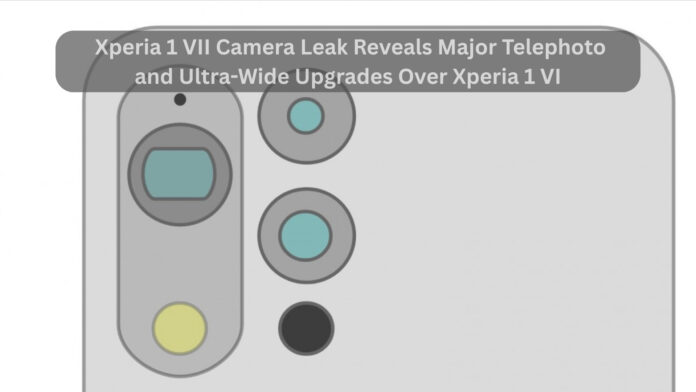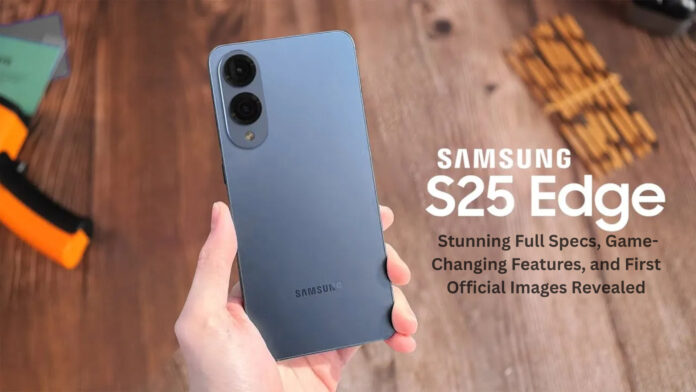Google’s Pixel series has long been a staple in the premium smartphone market, known for its stellar cameras, clean Android experience, and increasingly ambitious hardware. As anticipation builds for the upcoming Pixel 10, early leaks hint at significant upgrades—especially in the display department. But one critical question looms large: will the Pixel 10 finally offer an eye-friendly display, or will it continue to struggle with the persistent issue of PWM flicker?
With screen time at an all-time high, users are becoming more conscious of how display technology impacts eye health. The discussion around Pulse Width Modulation (PWM) flicker is no longer just technical jargon; it’s a mainstream concern. As the Pixel 10 prepares to enter the spotlight, this issue deserves thorough scrutiny.
Understanding PWM Flicker: A Hidden Threat to Eye Comfort
PWM (Pulse Width Modulation) is a dimming technique used in many OLED and LED screens. Instead of lowering the actual brightness of the light source, PWM turns the display on and off rapidly at a specific frequency. The faster the flickering, the less noticeable it is to the human eye—but not necessarily harmless.
People sensitive to PWM flicker often report symptoms such as:
- Eye strain after brief usage
- Headaches
- Dizziness or nausea
- Difficulty concentrating
These symptoms are especially common in low-brightness scenarios where the flicker frequency can be more pronounced.
Pixel 10 and the M14 OLED: A Double-Edged Sword?
Recent reports suggest that the Pixel 10 will feature Samsung’s next-generation M14 OLED panel. On paper, this is a major leap forward. The M14 panel is touted to bring better brightness efficiency, improved color accuracy, and higher overall display quality. Originally expected in the Galaxy S25 series, this panel’s early adoption by Google could give the Pixel 10 a competitive edge.
However, according to leakers like @UniverseIce, the M14 panel may still rely on high-frequency PWM dimming. While it’s likely to operate at around 480Hz or higher—similar to the M13 panel used in the Galaxy S24 series—this does not eliminate the problem for PWM-sensitive users.
480Hz is considered high frequency and is theoretically less bothersome than lower frequencies (e.g., 240Hz), but research and anecdotal user experiences show that symptoms can persist even at these levels. For a truly eye-friendly display, many experts advocate for either extremely high PWM (above 1000Hz) or non-PWM alternatives like DC dimming.
Current Smartphone Landscape: Who’s Doing It Better?
In the race to develop eye-safe displays, some brands have taken significant steps. For example:
- Apple: iPhones still rely on PWM, but with much higher frequencies and excellent calibration, reducing perceptible flicker.
- OnePlus and Xiaomi: Recent models include DC dimming modes that can be toggled to reduce eye strain.
- Sony Xperia series: Often use flicker-free LCD displays, offering an alternative to OLED-induced PWM flicker.
Google, however, has yet to introduce DC dimming or similar mitigation features in its Pixel lineup, which raises concerns about whether the Pixel 10 will continue this trend.
Eye Comfort vs Display Quality: Can We Have Both?
There’s a common belief in the tech world that you have to sacrifice display quality for eye comfort. OLEDs offer unparalleled contrast and color vibrancy, but their reliance on PWM for brightness control remains a major trade-off.
Yet, it doesn’t have to be an either/or situation. Technologies like high-frequency PWM (above 1920Hz) and hybrid dimming methods (a mix of PWM and analog dimming) are being developed to bridge the gap. Samsung’s more recent OLED panels in high-end TVs already employ such features. The question is whether these will make their way into smartphones, and more specifically, into the Pixel 10.
User Reactions: Early Concerns Surface
Online forums and tech communities are already buzzing with questions about the Pixel 10’s screen comfort. Reddit threads and tweets show a mix of excitement and concern. Many users who had issues with the Pixel 6 through Pixel 8 due to PWM flicker are hesitant about upgrading until official confirmation is provided regarding the display’s flicker behavior.
Some users are actively monitoring display testing websites like Notebookcheck.net and RTINGS, which provide PWM frequency data in their reviews. If Google wants to win over the eye-conscious segment, transparency and proactive features are a must.
What Google Can Do to Make the Pixel 10 Truly Eye-Friendly
If Google aims to address this issue seriously, there are several steps it can take:
- Implement DC Dimming: Provide a user-accessible option to switch from PWM to DC dimming, at least at lower brightness levels.
- Use Ultra-High Frequency PWM: Adopt panels with PWM frequencies above 1000Hz or even 1920Hz, significantly reducing perceived flicker.
- Display Flicker Certification: Work with third-party labs to obtain flicker-free certifications or provide transparent flicker data.
- Health-Conscious Display Settings: Offer modes specifically designed for long-term reading or nighttime use.
Also read: Motorola’s AI Breakthrough: Complete Outer Display Redefines the Future of Smartphones
Verdict: Cautious Optimism with a Flicker of Concern
While the Pixel 10 promises cutting-edge performance and a stunning new OLED panel, the potential persistence of PWM flicker may dampen its appeal among users sensitive to display-induced eye strain. Until Google makes an official announcement about flicker mitigation, the Pixel 10’s eye-friendliness remains uncertain.
Consumers who prioritize screen comfort should stay alert to early reviews and lab tests that measure PWM frequencies. If Google incorporates meaningful improvements in display dimming, the Pixel 10 could finally break new ground as both a performance powerhouse and a device that’s truly kind to your eyes.



